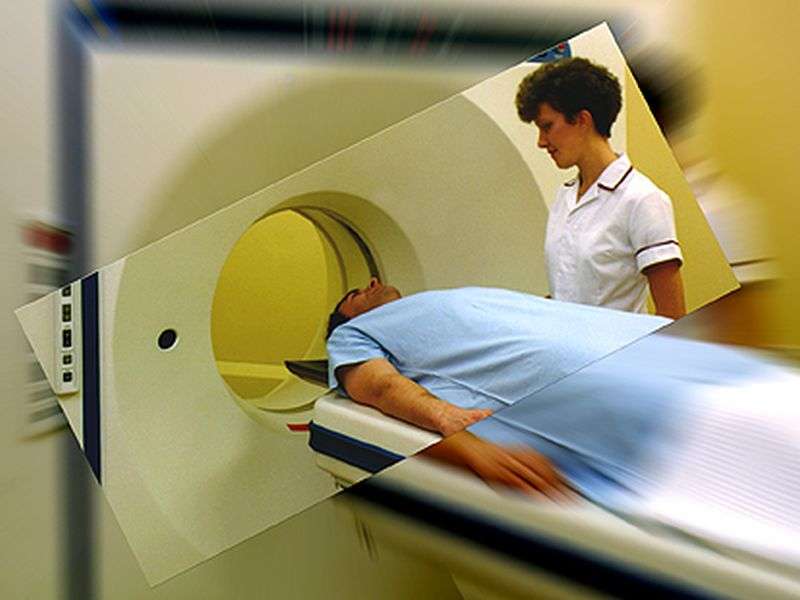CT CAP rarely reveals acute injury in low-velocity trauma

(HealthDay)—Computed tomographic (CT) chest abdomen pelvis (CAP) examinations rarely show acute traumatic injury in patients who had a low-velocity trauma but have acute head and/or cervical spine trauma without evidence of bodily injury, according to a study published in the May issue of Radiology.
Michael S. Kelleher Jr., M.D., from Yale University in New Haven, Conn., and colleagues retrospectively reviewed medical records and dictated reports from 115 patients who had CT-documented acute head and/or cervical spine trauma, CT CAP performed at least 20 minutes after initial brain and/or cervical spine CT, and no evidence of bodily injury at physical examination or on initial plain radiographs.
The researchers found that the patients (average age, 67.3 years; 54.8 percent male) had an average injury severity score of 9.3. No patients meeting study criteria were found to have an acute traumatic injury to the chest, abdomen, or pelvis. Over the 15-month study period, these 115 CT CAP examinations accounted for 7.5 percent (115 of 1,530) of all CT CAP examinations performed in the emergency department.
"CT CAP examinations rarely if ever reveal acute traumatic injury in patients who have experienced low-velocity trauma and have acute head and/or cervical spine trauma in the absence of evidence of bodily injury," the authors write.
More information:
Abstract
Full Text (subscription or payment may be required)
Copyright © 2016 HealthDay. All rights reserved.



















